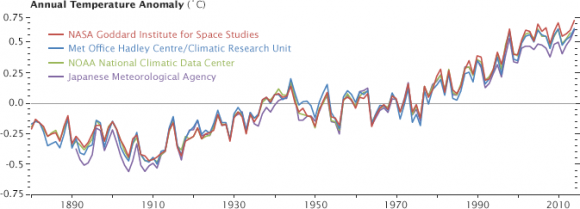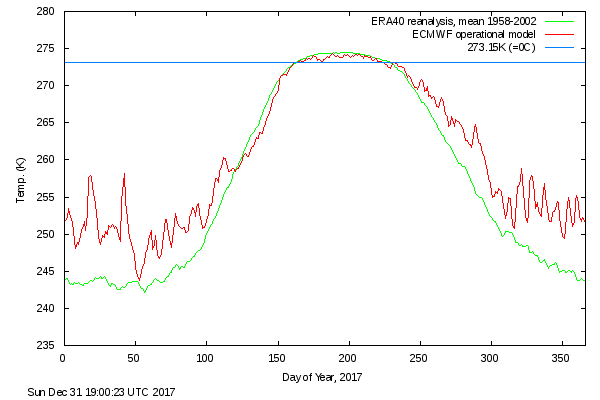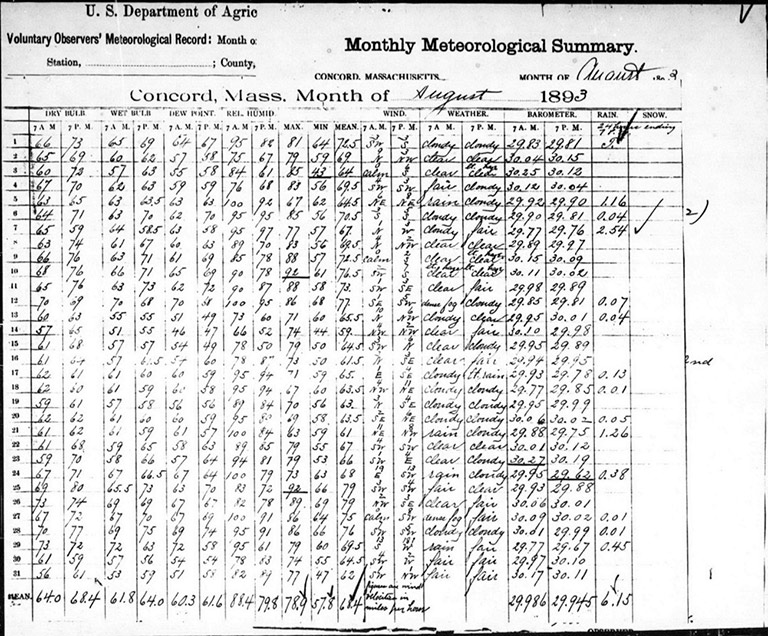http://www-users.york.ac.uk/~kdc3/papers/crn2016/CRN Paper Revised.pdf
Abstract
Numerous inhomogeneities including station moves, instrument changes, and time of observation changes in the U.S. Historical Climatological Network (USHCN) complicate the assessment of long-term temperature trends. Detection and correction of inhomogeneities in raw temperature records have been undertaken by NOAA and other groups using automated pairwise neighbor-comparison approaches, but these have proven controversial due to the large trend impact of homogenization in the United States. The new U.S. Climate Reference Network (USCRN) provides a homogenous set of surface temperature observations that can serve as an effective empirical test of adjustments to raw USHCN stations. By comparing nearby pairs of USHCN and USCRN stations, we find that adjustments make both trends and monthly anomalies from USHCN stations much more similar to those of neighboring USCRN stations for the period from 2004-2015 when the networks overlap. These results improve our confidence in the reliability of homogenized surface temperature records.
This paper in its entirety is available at the link.
Conclusions
During the period of overlap between the USHCN and USCRN networks, we can confidently conclude that the adjustments to the USHCN station records made them more similar to proximate homogenous USCRN station records, both in terms of trends and anomalies. There are no systematic trend biases introduced by adjustments during this period; if anything adjusted USHCN stations still underestimate maximum (and mean) temperature trends relative to USCRN stations. This residual maximum temperature bias warrants additional research to determine the exact cause. While this analysis can only directly examine the period of overlap, the effectiveness of adjustments during this period is at least suggestive that the PHA will perform well in periods prior to the introduction of the USCRN, though this conclusion is somewhat tempered by the potential changing nature of inhomogeneities over time. This work provides an important empirical test of the effectiveness of temperature adjustments similar to Vose et al. [2012], and lends support prior work by Williams et al [2012] and Venema et al [2012] that used synthetic datasets to find that NOAA’s pairwise homogenization algorithm is effectively removing localized inhomogeneities in the temperature record without introducing detectable spurious trend biases.
Abstract
Numerous inhomogeneities including station moves, instrument changes, and time of observation changes in the U.S. Historical Climatological Network (USHCN) complicate the assessment of long-term temperature trends. Detection and correction of inhomogeneities in raw temperature records have been undertaken by NOAA and other groups using automated pairwise neighbor-comparison approaches, but these have proven controversial due to the large trend impact of homogenization in the United States. The new U.S. Climate Reference Network (USCRN) provides a homogenous set of surface temperature observations that can serve as an effective empirical test of adjustments to raw USHCN stations. By comparing nearby pairs of USHCN and USCRN stations, we find that adjustments make both trends and monthly anomalies from USHCN stations much more similar to those of neighboring USCRN stations for the period from 2004-2015 when the networks overlap. These results improve our confidence in the reliability of homogenized surface temperature records.
This paper in its entirety is available at the link.
Conclusions
During the period of overlap between the USHCN and USCRN networks, we can confidently conclude that the adjustments to the USHCN station records made them more similar to proximate homogenous USCRN station records, both in terms of trends and anomalies. There are no systematic trend biases introduced by adjustments during this period; if anything adjusted USHCN stations still underestimate maximum (and mean) temperature trends relative to USCRN stations. This residual maximum temperature bias warrants additional research to determine the exact cause. While this analysis can only directly examine the period of overlap, the effectiveness of adjustments during this period is at least suggestive that the PHA will perform well in periods prior to the introduction of the USCRN, though this conclusion is somewhat tempered by the potential changing nature of inhomogeneities over time. This work provides an important empirical test of the effectiveness of temperature adjustments similar to Vose et al. [2012], and lends support prior work by Williams et al [2012] and Venema et al [2012] that used synthetic datasets to find that NOAA’s pairwise homogenization algorithm is effectively removing localized inhomogeneities in the temperature record without introducing detectable spurious trend biases.



